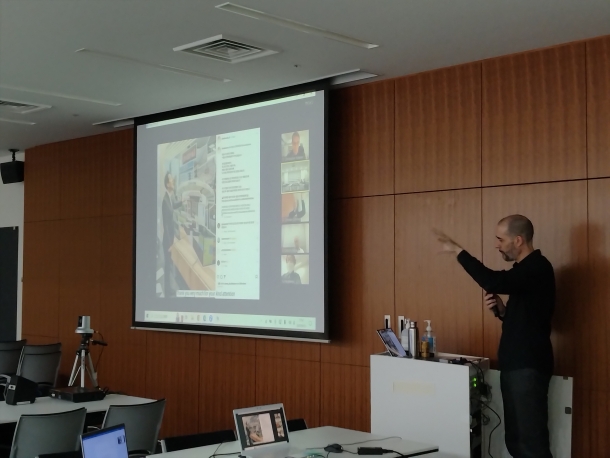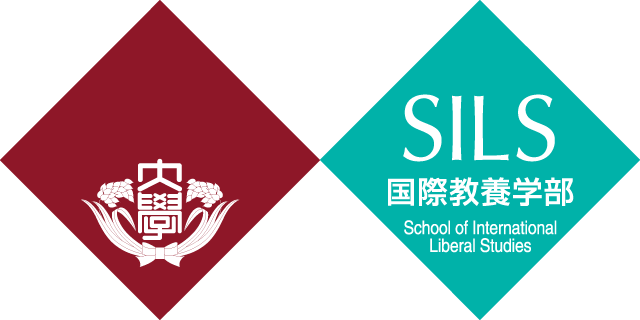- News
- [SILS Faculty Seminar] Connecting the Dots: Transition Design to co-create resilient communities
[SILS Faculty Seminar] Connecting the Dots: Transition Design to co-create resilient communities
![[SILS Faculty Seminar] Connecting the Dots: Transition Design to co-create resilient communities](https://www.waseda.jp/fire/sils/assets/uploads/2023/10/Faculty-Sminer-202309-940x705.jpg)
- Posted
- 2023年10月1日(日)

- Lecturer: Dimmer Christian
*Lecturer Information: https://w-rdb.waseda.jp/html/100001108_ja.html - Title: Connecting the Dots: Transition Design to co-create resilient communities
- Day and Time: Sep 21 ,2023 5:00PM
- Abstract:
In recent years, ideas like post- growth, de-growth, or happiness studies are gathering greater momentum. They are based on the understanding that, in aggregate, the pursuit of ever greater material affluence and consumption have not contributed to more fulfilled, happier, healthier and more sociable lives. On the contrary, many scholars argue that the old pro-growth orthodoxy is seen as a strong driver for resource depletion, growing waste problems, climate change, growing social injustices, inequality, and a mental health crisis.
In this context, the emergent cross/ trans/ pluri/ interdisciplinary field of Transition Design is based on the belief that sharing space, time, and resources offers powerful, positive models for more sustainable and more fulfilling lifestyles that lead to individual and community empowerment. Furthermore, an empowered, proactive, cooperative, emphatic, creative citizenry is seen as a key for successfully managing the multiple economic, environmental and social transitions that are needed and for withstanding unanticipated crises.
The Great East Japan Earthquake, the Covid 19 crisis and the war in Ukraine have unveiled how vulnerable highly centralised, hierarchical, globally interconnected socio-economic systems are.
Transition Design seeks to foster laterally connected, decentralised, localised-systems that are resilient, have redundancies, are place-based and operated by empowered local communities.
Fortunately, we don’t need to start from scratch: An exciting variety of alternative practices has been developing throughout Japan and the world in recent years.
Intergenerational living projects, new forms of direct sale and distribution of organic products, citizens-run energy cooperatives provide power to local neighborhoods, socially-engaged artists are creatively activating neighborhoods and rekindle a spirit of self-help and efficacy.
These and many more alternative approaches and social practices are rethinking how the city’s residents can live together, learn, work, grow-up – and age – in ways that promise to be more socially equitable, environmentally and economically sustainable.
However, because many of these projects and initiatives have been created on a local level and in independent ways by individuals, similar approaches exist often side by side, without knowing of each other and without the possibilities to exchange best practices or to learn from common/shared challenges and opportunities.
Transition Designers act therefore as facilitators, who identify like-minded individuals, groups and projects and seek to establish synergies and new potentialities through the interconnection and co-creation of projects with other, hitherto unrelated groups of agendas.
Transition Designers act as “translators” and connectors between different actor groups, who ‘speak different languages’:
1) between different expert domains;
2) between experts and non-expert citizens;
3) between different social innovators, operating in different cultural contexts.
Transition Designers have to be able to think and act across many boundaries.
They are connectors, bridge builders, and translators.
They see opportunities and potentials, where traditional silo thinking saw only threats, constraints, and limitations.
Transition Design seeks to foster a cosmopolitan localism of strong, healthy, lively and resilient communities.
